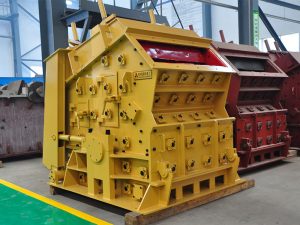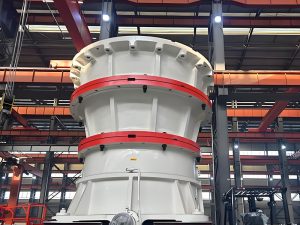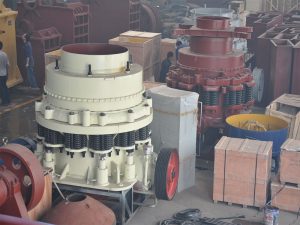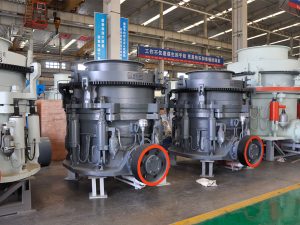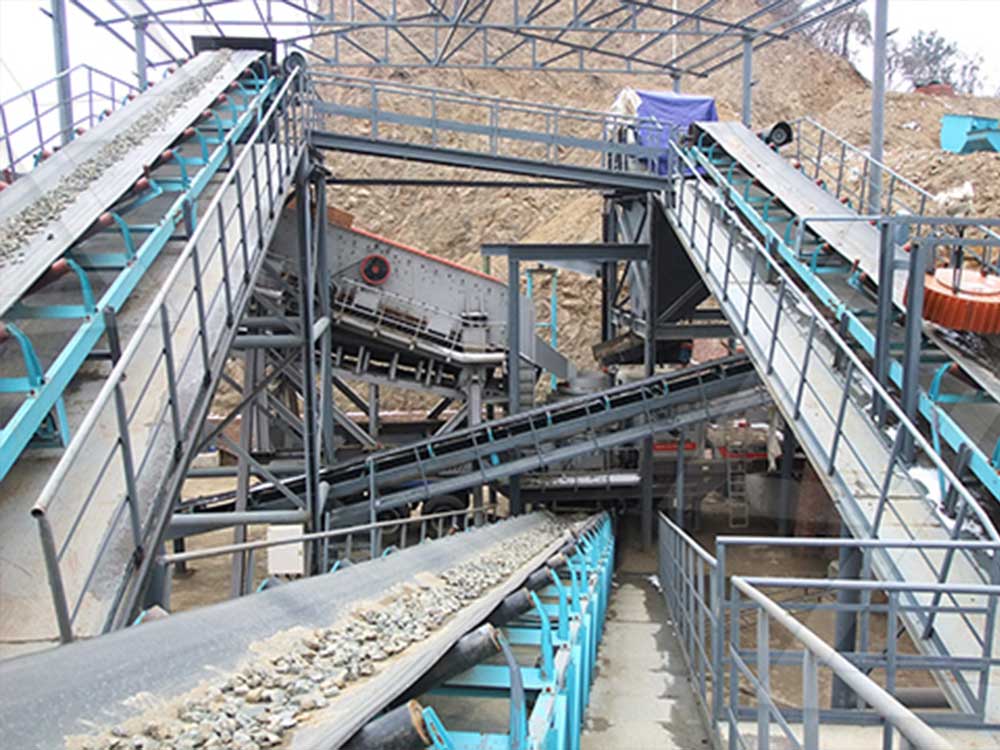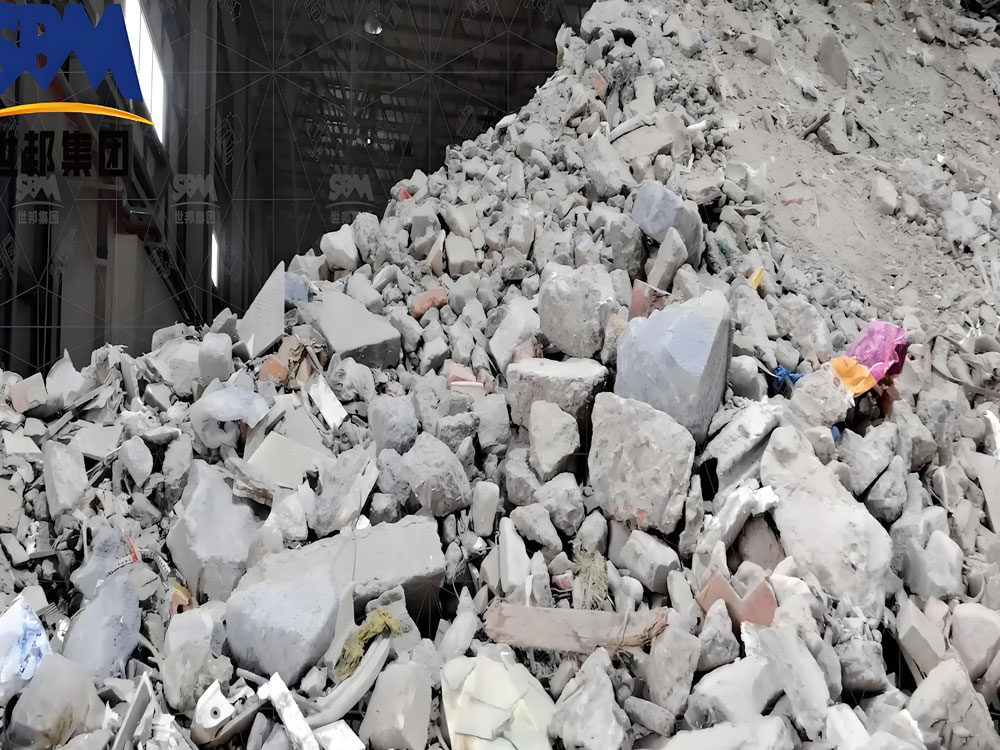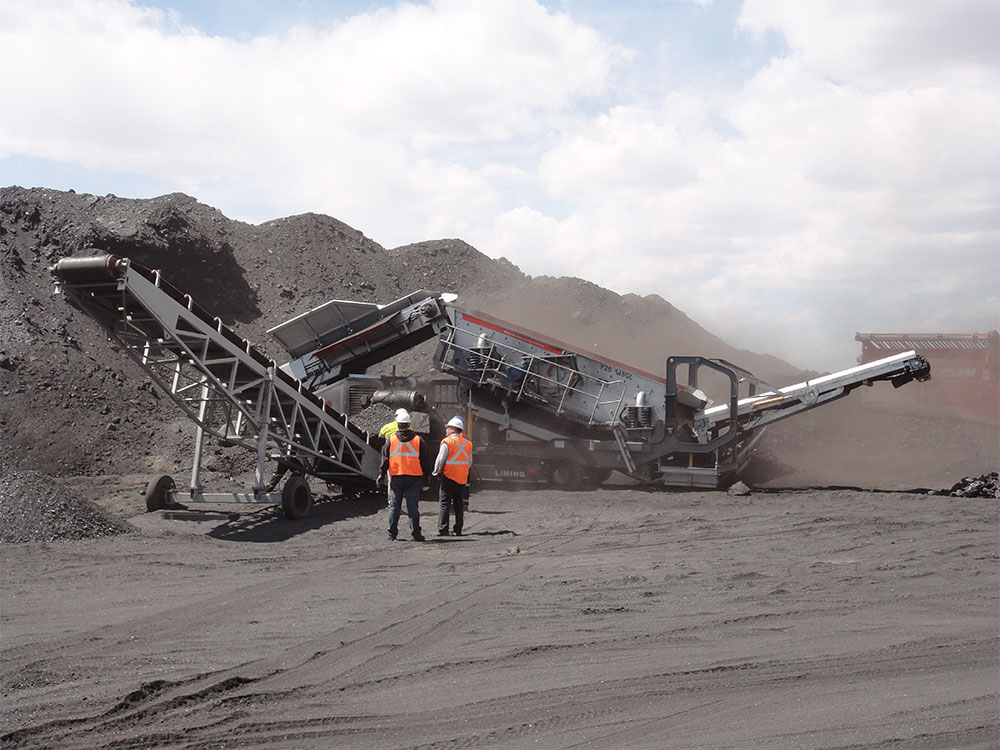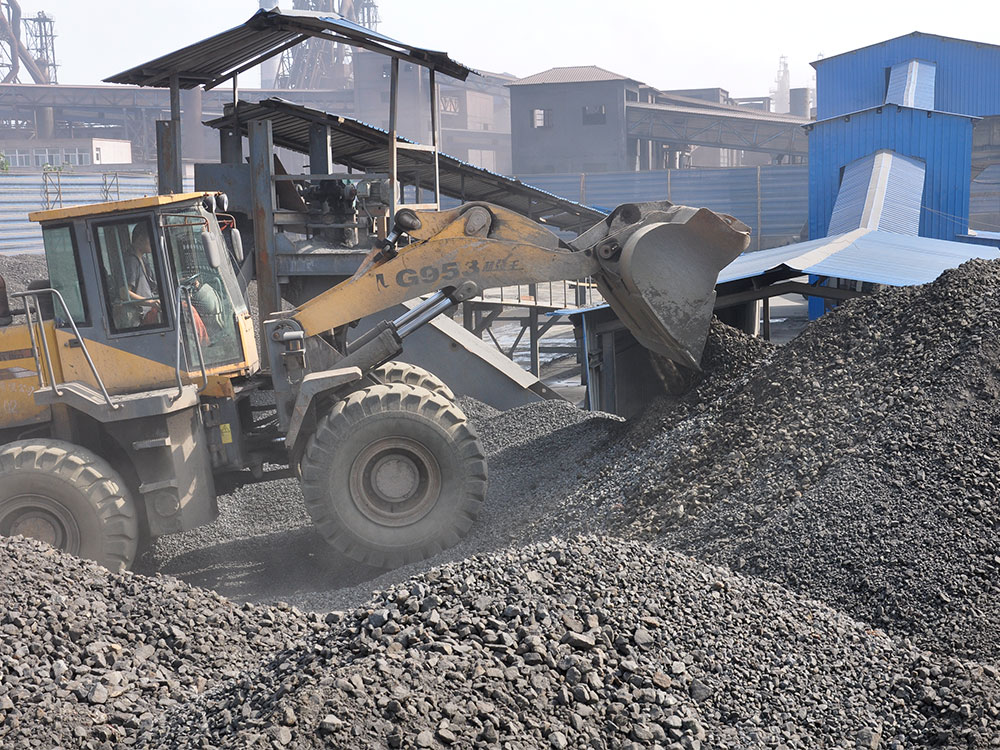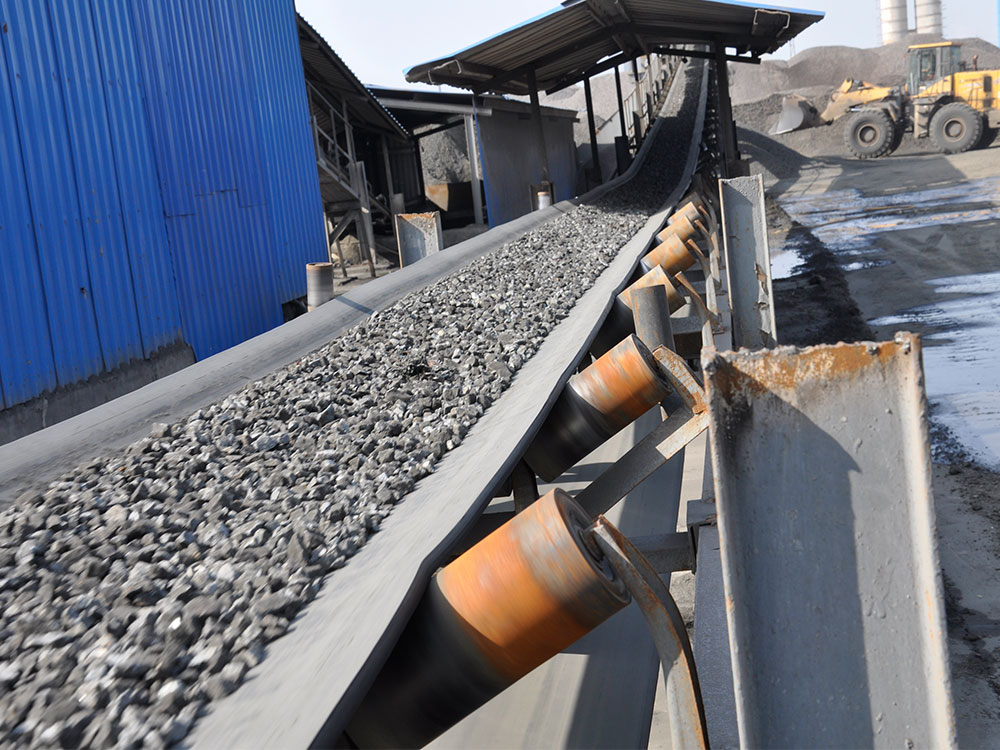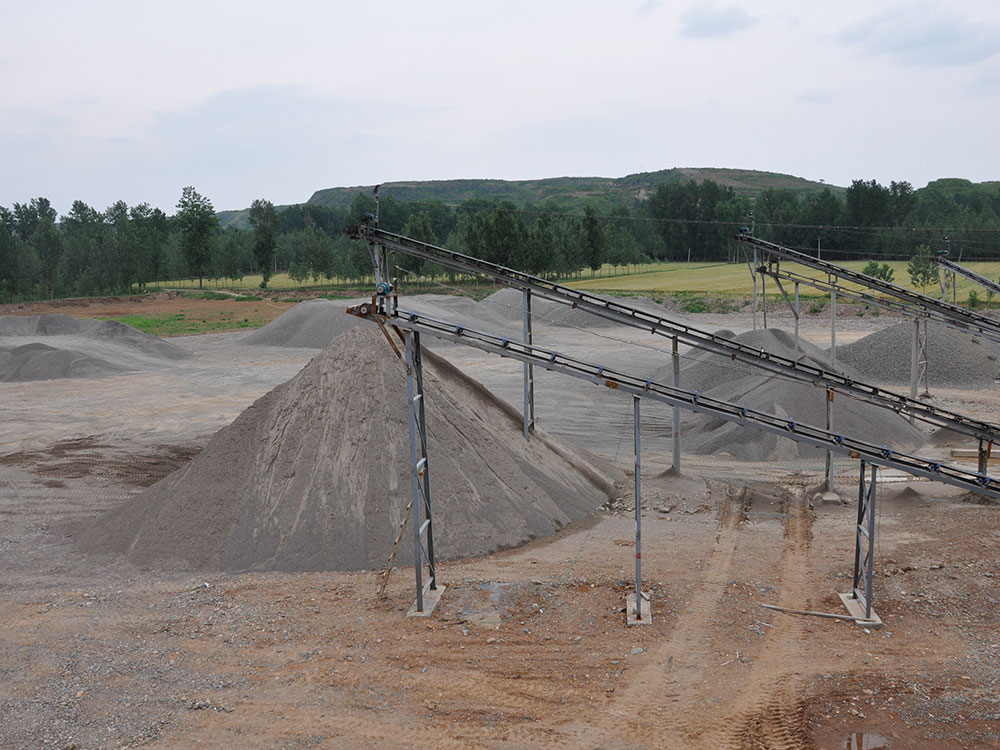Iron ore is a critical raw material in steel production and various industrial applications. Processing iron ore into stone involves a series of mechanical and chemical steps to transform raw ore into usable aggregates or refined products. A key component of this process is selecting the right crusher. This article explores how to process iron ore into stone and answers the question, "Which crusher should I choose?" while providing insights into the technology, applications, and technical parameters of crushers.
Understanding the Process: How to Process Iron Ore into Stone
Step 1: Mining and Primary Crushing
The journey begins with extracting iron ore from mines. Once mined, the ore undergoes primary crushing to reduce its size for easier handling. Jaw crushers are commonly used at this stage due to their ability to handle large, hard materials.
Step 2: Secondary and Tertiary Crushing
After primary crushing, the ore moves to secondary crushers (e.g., cone crushers) and tertiary crushers (e.g., impact crushers) to achieve finer particle sizes. This step ensures uniformity, which is crucial for downstream processes like grinding and magnetic separation.
Step 3: Screening and Grinding
Screening separates particles by size, while grinding mills further refine the material. The final product is typically stone-like aggregates or iron-rich concentrates.
Which Crusher Should I Choose? Types of Crushers for Iron Ore
1. Jaw Crushers: The Primary Workhorse
Jaw crushers are ideal for the first stage of processing iron ore into stone. They use compressive force to break down large rocks into manageable chunks.
- Key Features: High capacity, robust design, suitable for abrasive materials.
- Applications: Mining, quarrying, primary ore reduction.
2. Cone Crushers: Precision in Secondary Crushing
For secondary crushing, cone crushers excel in producing evenly shaped particles. Their hydraulic systems adjust output sizes dynamically.
- Key Features: Energy-efficient, low operating costs, high reduction ratios.
- Applications: Medium-hard to hard iron ores, aggregate production.
3. Impact Crushers: Versatility for Tertiary Processing
Impact crushers use high-speed rotors to pulverize ore into cubical stones. They’re perfect for creating fine aggregates.
- Key Features: Adjustable output size, ideal for non-abrasive materials.
- Applications: Railway ballast, concrete aggregates.
4. Gyratory Crushers: Heavy-Duty Solutions
For large-scale operations, gyratory crushers handle massive ore volumes. They operate continuously, making them suitable for high-capacity processing.
- Key Features: High throughput, reliable performance.
- Applications: High-volume mining operations.
Technical Parameters: What to Consider When Choosing a Crusher
When deciding which crusher to choose, evaluate the following technical specifications:
1. Feed Size and Capacity
- Jaw crushers: Handle feed sizes up to 1,500 mm, with capacities ranging from 50–1,500 tons/hour.
- Cone crushers: Accept feed sizes up to 300 mm, delivering 50–800 tons/hour.
2. Output Size and Shape
- Impact crushers produce cubical stones ideal for construction.
- Cone crushers yield uniform, medium-sized particles.
3. Power Consumption
- Gyratory crushers require higher power but offer unmatched efficiency in large operations.
4. Maintenance Requirements
- Jaw crushers have fewer wear parts than cone or impact crushers.
Applications of Processed Iron Ore Stone
Processed iron ore stone finds use in diverse sectors:
1. Construction: As aggregates in concrete and asphalt.
2. Steel Production: Refined into pellets or sinter for blast furnaces.
3. Infrastructure: Used in road bases, railway tracks, and drainage systems.
Optimizing Crusher Performance: Tips for Longevity
To maximize the efficiency of your crusher when processing iron ore into stone:
- Conduct regular lubrication and wear-part inspections.
- Monitor feed size to avoid overloading.
- Use automation systems for real-time adjustments.
Conclusion: Making the Right Crusher Choice
Understanding how to process iron ore into stone requires a combination of technical knowledge and practical insights. Whether you opt for a jaw, cone, impact, or gyratory crusher depends on your operational scale, material hardness, and desired output. By aligning your needs with the crusher selection criteria outlined above, you can optimize productivity and reduce costs.
Investing in the right machinery ensures sustainable iron ore processing, paving the way for high-quality stone products that meet industrial demands.


